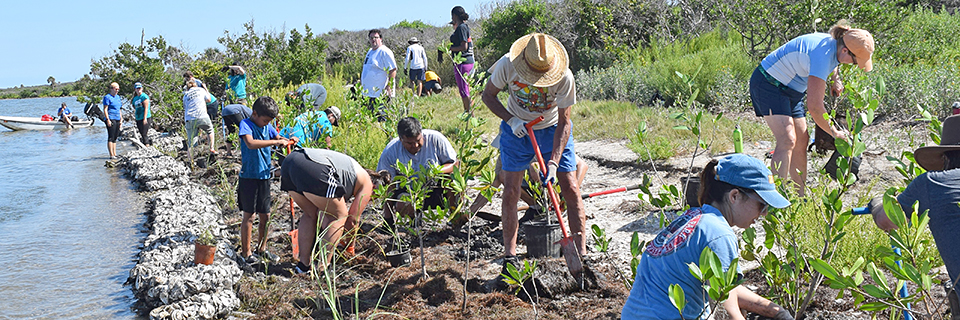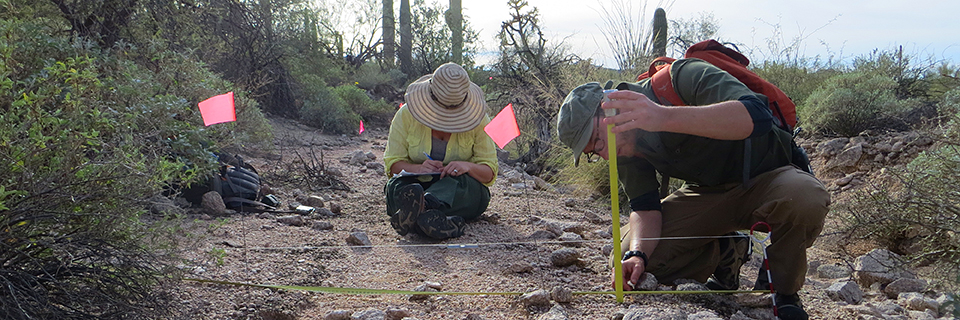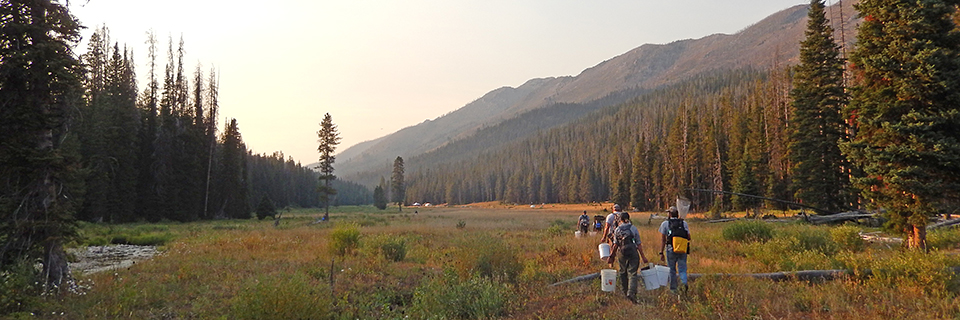|
The Cooperative Ecosystem Studies Units (CESU) Network is a consortium of federal and non-federal partners that work together to protect our nation’s natural and cultural heritage. The network makes it easy for experts at universities, museums, research institutes, and other organizations to contribute their knowledge and skills to the preservation of public resources. And because all partners agree to a low overhead cost, the network helps federal agencies be cost-effective. The National Park Service has been an active member of the Network since it started in 1999. In 2017 the NPS conducted 674 projects with 207 partners at parks all across the nation. Some examples include: Canaveral National SeashoreAt Canaveral National Seashore the NPS partnered with the University of Central Florida to assess and stabilize coastal archaeological sites facing accelerated erosion associated with sea level rise. To stabilize the sites, decrease erosion, and provide ecological benefits, participants installed oyster shells that promote new oyster beds, vegetation, and “living shorelines.” Local residents were engaged, which provided the opportunity for learning and developing a shared stewardship ethic.
Courtesy Linda Walters Organ Pipe Cactus National MonumentAt Organ Pipe Cactus National Monument the NPS and researchers from the University of Arizona conducted archaeological surveys, ethnographic fieldwork, and tribal consultation on the Old Salt Trail. As an ancient trade route between the Sea of Cortez in Sonora, Mexico and southern Arizona, the trail is an international cultural resource. The work was done in support of National Register nomination for the portion of the trail that exists within the National Monument.
Courtesy T.J. Ferguson Yellowstone National ParkIn Yellowstone National Park the NPS and partners at Montana State University have recently evaluated the effectiveness of actions to restore populations of native cutthroat trout and arctic grayling. The evaluation will inform plans to expand the restoration program to larger areas. This work will ultimately protect native biodiversity and expand opportunities for the public to enjoy premier fisheries in America’s first national park.
NPS Photo / Todd Koel |
Last updated: July 12, 2021
